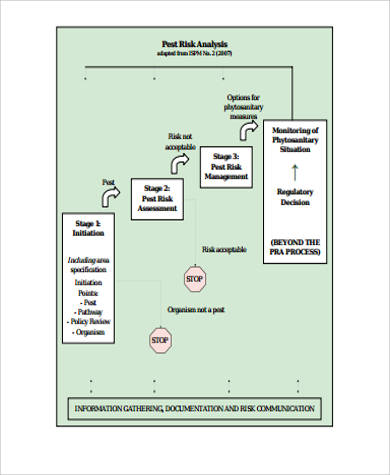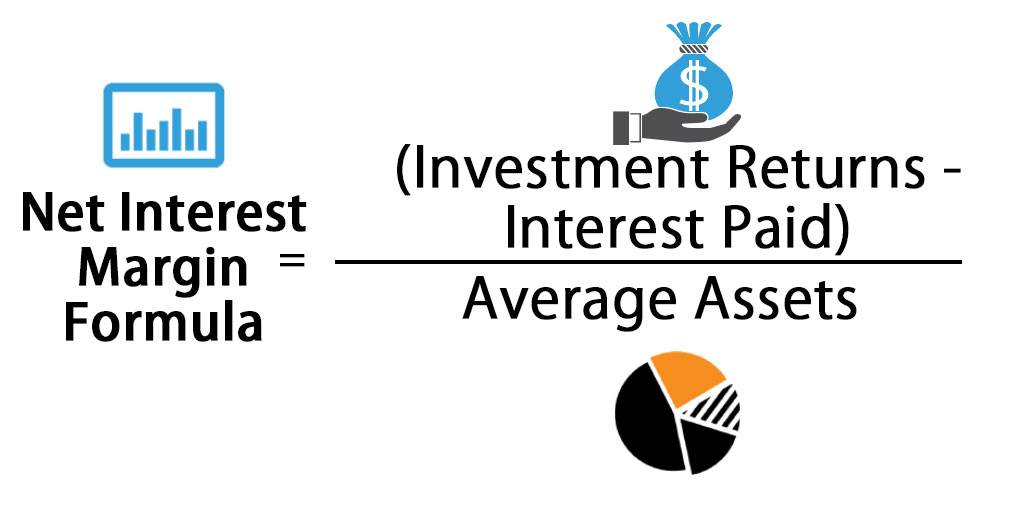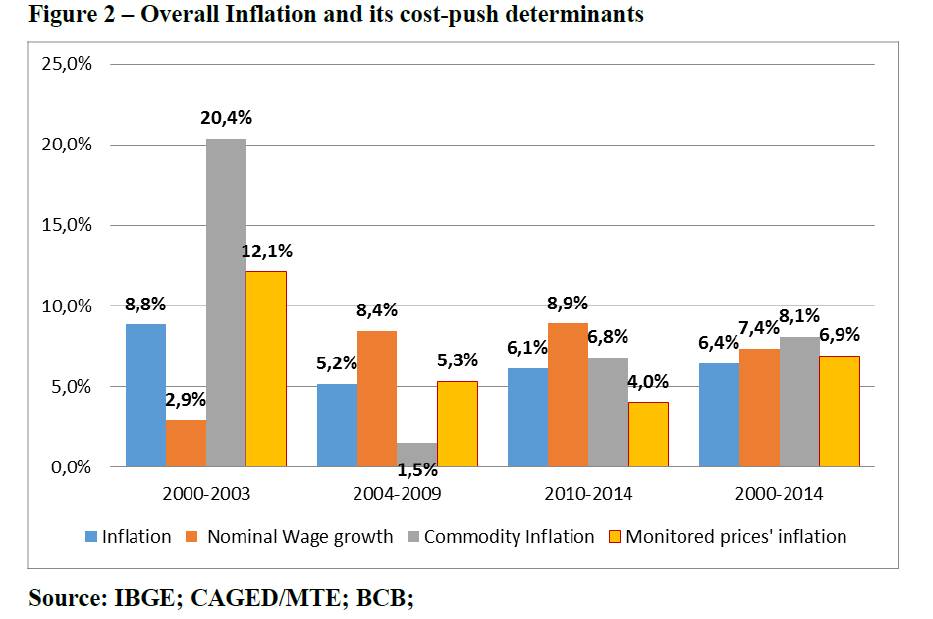Contents:


An inability to select a meaningful measure of asset usage may indicate that MUP depreciation is either inappropriate or impractical and instead, another method should be used. Straight-line depreciation is based on the premise that depreciation of a productive asset is a function of time, not usage. Units-of-production depreciation is based on the premise that depreciation of a productive asset is a function of usage, not time.
Its main disadvantage is that it is difficult to apply to many real-life situations, as it is not always easy to estimate how many units an asset can produce before it reaches the end of its useful life. Sum of the years’ digits depreciation is similar to the double-declining method in that it is also an accelerated depreciation calculation. Instead of decreasing the book value, SYD calculates a weighted percentage based on the asset’s remaining useful life. There are several methods that accountants commonly use to depreciate capital assets and other revenue-generating assets.
What Assets Cannot Be Depreciated?
For example, at the beginning of the year, the asset has a remaining life of 8 years. The following year, the asset has a remaining life of 7 years, etc. Consider the following example to more easily understand the concept of the sum-of-the-years-digits depreciation method.

An https://1investing.in/ is property you acquire to help produce income for your business. Get access to a dedicated business tax expert, with unlimited year-round advice, at no extra cost. MACRS is a depreciation system allowed by the IRS for tax purposes. Finally, by allocating expenses properly, businesses can make more informed decisions about future investments. Depreciation comes from several factors, including the age and type of the asset, how long it serves its purpose, and the asset’s condition at acquisition. Generally speaking, assets that are used more often or are in better condition depreciate faster than assets that are used less often or are in worse condition.
For example, purchasing the $135,000 tractor will require that the dealer be paid immediately even though the 15,000 hours of useful life may be spread over 5 to 20 years. Thus the cash outflow to purchase the tractor does not align with when the depreciation will be recognized and subtracted as a cost. If the owner’s assets are employed for business and personal use, then the portion of the asset used for business purposes is eligible for depreciation. For example, when a vehicle is employed 60% for business purposes, then depreciation can only be claimed for 60% of the cost of the vehicle. Assume in the earlier Kenzie example that after five years and $48,000 in accumulated depreciation, the company estimated that it could use the asset for two more years, at which point the salvage value would be $0.
How Do Depreciable Business Assets Work?
When the asset is no longer useful to the company, the company may sell it off at a lower price than what it was initially worth. Knowing what can and cannot be depreciated in a year will help business avoid high front-loaded expenses and highly variable financial results. Debit ($)Credit ($)Accumulated Depreciation — Machinery80,000Machinery80,000Besides disposal, individuals must know how to record the sale of a depreciable business asset. One can follow these steps to compute the gains or losses generated upon the sale of an asset. As noted above, companies must begin depreciating assets once they place them into service. One must remember that the business does not have to use the asset, but the property cannot sit idle inside an unopened box.
IRS Form 4562 Explained: A Step-by-Step Guide – The Motley Fool
IRS Form 4562 Explained: A Step-by-Step Guide.
Posted: Fri, 05 Aug 2022 07:00:00 GMT [source]
You then take this figure and divide it by the useful process costing of the property. The useful life will vary depending on the depreciation method employed. The best way to determine which assets can be depreciated and which cannot is by considering factors such as the type of asset, its current value, and estimated useful life. Generally speaking, assets that are permanent or have an indefinite useful life will not be depreciated. Other criteria include whether the asset was created for business use or is held for investment purposes, its expected future usefulness, and applicable industry standards. Examples of depreciable assets include electronics, furniture, automobiles, etc.
Join PRO or PRO Plus and Get Lifetime Access to Our Premium Materials
The remaining basis of the asset then is depreciated by one of the other applicable methods. This method could also be applied in terms of acreage; for example, a machine that has an expected life of 16,000 acres and cost $240,000 would have an depreciation expense of $15 per acre of use (240,000/16,000). This depreciation cost per acre can then be used to allocate cost of the machine among enterprises and production periods. To simplify the procedure, the calculations are often based on time; for example, some methods of depreciation allocate a portion of the cost of the machine to each production period during which the machine will be used. This alternative should provide the business manager with better information, that is, a more accurate measure of the cost to operate the business, and thus the profit generated by the business during each production period.
Capital gains are subject to federal income taxes at varying rates, usually lower than ordinary income tax rates, but they are not taxed as self-employment income. Perhaps the most frequent application of depreciation is in calculating the business net income (profit?) for purposes of determining the amount of income tax owed by the business or its owners. However, the depreciation allowance for income tax purposes is not likely to reflect the actual use of the machine. Accordingly, it is a common recommendation that businesses maintain two depreciation schedules — one that complies with income tax law and one that more accurately allocates the cost of the machine over its useful life. Depreciation and amortization are similar; both are non cash expenditure and reduce the company’s profits.

There are many nuances and rules regarding the Section 179 deduction, and it’s always wise to seek the assistance of an accountant or tax professional. The kinds of property that you can depreciate include machinery, equipment, buildings, vehicles, and furniture. You can’t claim depreciation on property held for personal purposes. If you use property, such as a car, for both business or investment and personal purposes, you can depreciate only the business or investment use portion.
Create your free account now
When an asset is first purchased, it may not be used immediately or generate income right away. However, over time, that asset will contribute to the bottom line and must reflect the actual cost in the financial statements. Companies use depreciation to record the declining value of an asset on the balance sheet. In many countries, businesses can deduct depreciation costs when calculating their income taxes.
Depreciation is the process of deducting the cost of a business asset over a long period of time, rather than over the course of one year. As such, the company’s accountant does not have to expense the entire $50,000 in year one, even though the company paid out that amount in cash. Instead, the company only has to expense $4,000 against net income.
Which Asset Cannot be Depreciated in a Business?
This is done by taking the asset’s original purchase price and dividing it by the number of years in its useful life. This method is used to generate an annual expense to offset revenue. On January 1, 20X1, Telecom Co purchased 1,000 new telephone poles for $100,000 , each with an estimated useful life of five years (annual rate of deprecation of 20%).
2021 Instructions for Form FTB 3885 Corporation Depreciation and … – Franchise Tax Board
2021 Instructions for Form FTB 3885 Corporation Depreciation and ….
Posted: Sun, 06 Feb 2022 11:57:10 GMT [source]
What if, for a single purchase price, you purchase an asset that is only partly depreciable? Before you can determine the depreciable tax basis of the asset, what you need to do is to allocate the price between the depreciable part and the non-depreciable part. Mannequins are long-term tangible assets of a clothing boutique which is why they are depreciable in its accounting books. In accounting, cash is considered a depreciable asset because its future worth is reduced because of inflation.
- As a result, your depreciation is also based on six months in the first year.
- In this example, because the equipment is expected to have a ten-year useful life, the digits 1 through 10 are added together (i.e., 1 + 2 + 3, etc.) to determine the denominator of 55.
- This change will allow businesses to deduct 100% of the cost of eligible property in the year it’s placed in service.
A deductible expense of $1 will never reduce income tax by $1, nor will a taxable income of $1 increase income tax by $1. The change in the income tax will only be a portion that reflects the tax rate, perhaps $35%. A depreciable asset is an item that is used in more than one production period but will not last forever. Depreciation for purposes of management can be described as a procedure to allocate or assign a portion of the cost of an asset to each production period during which the asset is used. In managing depreciation for tax purposes, the manager will strive to make decisions, as allowed by federal income tax law, to maximize the business’ after-tax income.
What is an Asset’s Useful Life? Learn More – Investment U
What is an Asset’s Useful Life? Learn More.
Posted: Mon, 01 Nov 2021 07:00:00 GMT [source]
This means they can take a tax deduction for the cost of the asset, reducing taxable income. But the Internal Revenue Service states that when depreciating assets, companies must spread the cost out over time. Businesses can ensure accurate financial statements and more favorable tax treatment by selecting the suitable depreciation methodology for their assets.

